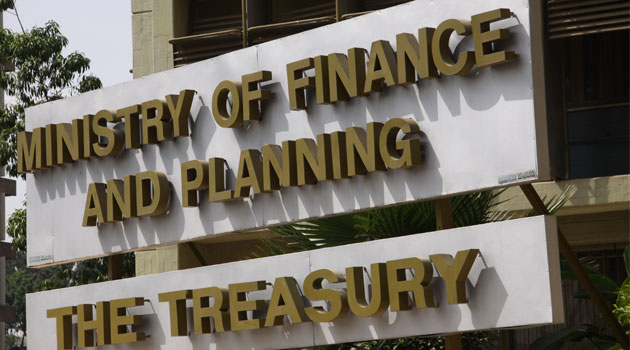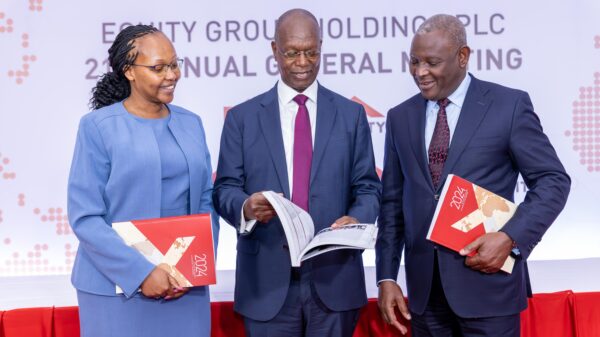NAIROBI, Kenya, July 24 – The Central Bank of Kenya (CBK) has unveiled a revised version of its Risk-Based Credit Pricing Model (RBCPM), making sweeping changes to how banks determine lending rates following feedback from the financial sector.
These include the adoption of the Interbank Rate compounded in arrears as the benchmark for loan pricing, replacing the earlier proposed Central Bank Rate (CBR).
The revised framework comes three months after CBK first floated the proposal on April 23, 2025.
The regulator says it received 45 responses from a wide range of stakeholders, including 13 commercial banks, the International Monetary Fund (IMF), the European Bank for Reconstruction and Development (EBRD), the Kenya Bankers Association (KBA), the Kenya Association of Manufacturers (KAM), and several non-bank institutions, consultancy firms, and individuals.
“In light of the feedback, CBK has made several amendments to the initial proposal to enhance clarity and alignment with market conditions,” said Matu Mugo, Director of Bank Supervision, in a circular to bank executives and mortgage finance companies.
“The purpose of this letter is to forward the attached revised consultative paper for your review and comment.”
CBK says the new model that uses the interbank rate as the common reference rate is aimed at aligning Kenya’s lending framework with global financial best practices such as the SOFR in the United States and SONIA in the United Kingdom.
The final lending rate will now be calculated as the interbank rate plus a premium (“K”) and additional fees.
The premium will factor in a bank’s operational costs, expected return to shareholders, and the borrower’s risk profile based on a detailed credit-scoring system.
These costs will be disclosed to customers and the public via the Total Cost of Credit (TCC) website and to CBK.
CBK revised its initial model after stakeholders raised several concerns.
Banks argued that the CBR did not accurately reflect the cost of funds, which are mostly influenced by deposit rates and long-term borrowings.
The regulator says it similarly received strong opposition to publishing commercially sensitive cost breakdowns and to the proposed three-month transition period, which was deemed too short for implementation.
CBK has now allowed a six-month transition timeline.
Banks will have three months to develop and approve their risk-based pricing models at the board level and another three months to fully implement them.
Additionally, the revised model will not apply to specific loan types such as foreign currency-denominated loans, digital lending products, Islamic banking facilities, credit card loans, and staff loans due to their unique structures.
The CBK has also pledged to revamp the Total Cost of Credit website, which was initially launched in 2017 to promote transparency in lending.
The regulator notes that while the site has increased access to information, users have reported difficulties navigating it, especially on mobile devices.
The revamp aims to improve user experience and incorporate the evolving needs brought about by the revised pricing model.








































